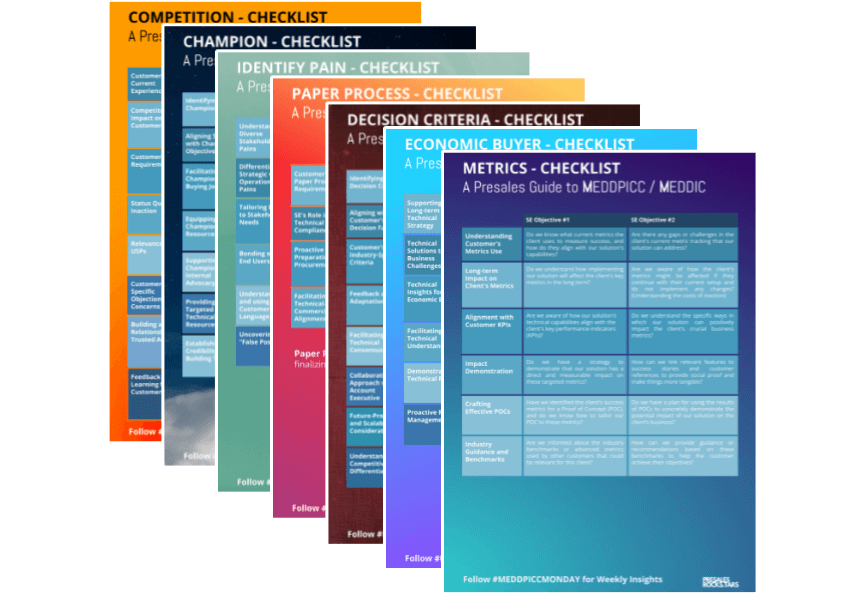Today, buyers are armed with more high-quality information than ever before. The abundance of online resources has changed the whole landscape of buying and selling complex B2B-software.
A Shift In B2B-Buying Behaviour
What has been a sales-dominated approach has turned into a buyer-centric process. For decades, information asymmetry has created an imbalance of power in transactions between sellers and buyers. Before the information economy, potential customers were mostly dependent on the information they were provided by sellers. Information asymmetry worked in favour of the selling entity that used the low level or transparency for their own advantage.
With the rise of content and inbound marketing, the power relation between sellers and buyers has shifted significantly.
Rather than engaging with sales early on in their buying journey, prospective buyers spend two-thirds of their time researching relevant information on their own. As a result, buyers spend only 17% of their time dedicated to completing a purchase, with potential suppliers – so if there are three potential suppliers, each gets only about 5% of a customer’s time and attention.
The Importance of Managing Information Overflow
Buyers do have more information at their disposal than ever before. 9 out of 10 buyers report that the quality of available information is good and above average. But the arms race in content marketing has led to an overwhelming number of information across countless channels.
In fact, the sheer abundance of information is making it difficult if not impossible for buyers to navigate and especially identify relevant content.
The content creation arms race has led to a tipping point where to much high-quality information is actually making buyers feel insecure rather than feeling empowered by all that knowledge at their disposal.
Most information is perceived as trustworthy and helpful – but far too often, it is contradictory. And instead of making confident purchase decisions, contradictory input causes buyers to continue their research and re-visit previous stages of their buying journey to double check and validate their findings.
This back and forth is both frustrating for buyers and sellers, who are not making meaningful progress with their buying decision or not getting any closer to signing the deal.
For modern B2B-software sales (both for account executives as well as presales- and solution consultants or sales engineers) it is critical to understand that this shift in buying-power but also behaviour requires new strategies to ensure that customers more easily navigate the purchase process.
Mastering Buyer Enablement As Sales Engineers
It is key to establish and develop new approaches to engage with clients to facilitate their purchasing process. One approach we have discussed in many of our articles to combat information overload is called “Buyer Enablement”:
“Buyer enablement helps buyers buy by providing them with prescriptive advice and practical support to make the buying process easier to navigate and complete.”
Gartner about Buyer Enablement
The detailed implications of buyer enablement for solution consultants and sales engineers can be found in our article titled “Modern PreSales Definition – Far Beyond Technical Sales”.
In this post, we’d like to focus on three approaches that sellers and presales consultants have adopted to manage information as part of the sale. With constant change in buying behaviour, some traditional approaches are no longer suited to supporting customer buying today.
Modern B2B-Sales Approaches To Engaging Clients With Information
Gartner has identified three approaches to engaging customers with information based on a cluster analysis – with different outcomes in terms of the likelihood that customers will successfully complete a complex purchase decision. In the figure below, the three types of sales approaches are compared against each other:

Knowing about the challenges that buyers are already facing with too much (and even high-quality!) information, it is obvious that dousing buyers with even more information is probably not the right approach to combat information overflow.
Sellers and presales consultants who have adopted the approach of sharing all their content often want to score with their dedication and commitment towards their clients. There is absolutely nothing wrong about that. Personally, I’ve managed to win many deals because my clients felt that I was taking care of them at any time.
Responsiveness is still a critical success factor in sales. But I had to learn for myself that just sharing every piece of content which was somewhat loosely connected to my buyer’s situation was not productive at all. On the contrary, my buying champions hardly had the time and capacity to read through my pamphlets and tons of attachments.
I had to take a steep learning curve to understand that it is my responsibility to channel my energy and prioritize the information I share with my clients.
All they needed were selective inputs to manifest their decision and validate their findings. Going from “macro to micro” has become one of my maxims, no matter if I’m doing a software demo or following up with my clients.
Overwhelming your buyers with tiny little details does not help anybody. Instead, it is fundamental to understand the situation your buyers are facing (marco). Only if they encounter specific challenges or articulate a need (micro), it is purposeful to share pin-pointed information to advance their purchase decision.
Don’t lose your enthusiasm and drive to support your clients. But be their expert that helps them prioritize what information is truly relevant to help them navigate the purchase and get closer to a confident purchase decision.
Empower Your Buyers To Make Their Own Decisions
This is the very first steps towards becoming a “sense-maker” as it has been coined by Gartner. Sales engineers following this approach sacrifice their urge to share even more complex information for the sake of the simplicity of their buyers‘ purchase decision.
They are fully aware of the abundance of information and struggles their buyers are facing along their journey. Rather than making things even more difficult, sense makers enable their buyers to make their own decision based on contextual references and frameworks – resources that help buyers to evaluate their current set of information.
By guiding clients towards their very own “epiphany”, they enable them to make their own and confident purchase decisions.
Please don’t get that wrong: sense makers do not dictate what buyers should do next. Sense makers carefully guide their prospect until they can put together all the pieces of the puzzle by themselves.
This is what differentiates sense-makers from story-tellers, the second approach that is illustrated in the figure above. Adapting the approach of a teller is a balancing act. Of course, stories and personal experiences are what make you a great solution consultant. People love to hear stories and learn from past experiences, rather than learning about software capabilities all day long.
But in almost every sales situation, buyers entertain initial scepticism when dealing with any kind of sales representative. Far too often, sales is being accused to prioritize their very own interest over the very best solution for their clients.
This initial scepticism can quickly lead to discomfort if buyers get the feeling that sales is dictating next steps rather than enabling buyers to make their own choices.
In one of our previous articles, we have unpacked that most of your clients have never made a similar purchase before. Hence, they actually don’t know what to do next and need proactive guidance.
However, guiding does not mean that it is our job to dictate the process. Of course, from time to time we must apply some pressure to move an opportunity forward by creating compelling events. But similarly to the sense-making approach, it is our role to enable our prospective buyers to make their own decisions and not cutting them short.
Instead of dictating what to do, it is our job to provide the right context or framework to help our buyers make sense of their confusion and lower the scepticism towards sales. Ultimately, this will lead them to their personal epiphany.
Being responsive and personal, but also prioritizing and enabling your buyers to make confident decision is the right approach to become a successful sales engineer in today’s B2B-buying landscape.
Nobody likes to be “hard-sold” anymore. Buyers are more empowered with information than ever and can easily move from one vendor to another if they feel being pushed.
Managing the complexity of their buying journey and enabling them to make their own decisions are the imperatives of modern and successful B2B-sales – and lead to high-quality deals. It is all about helping buyers buy and navigate their purchase decision.





